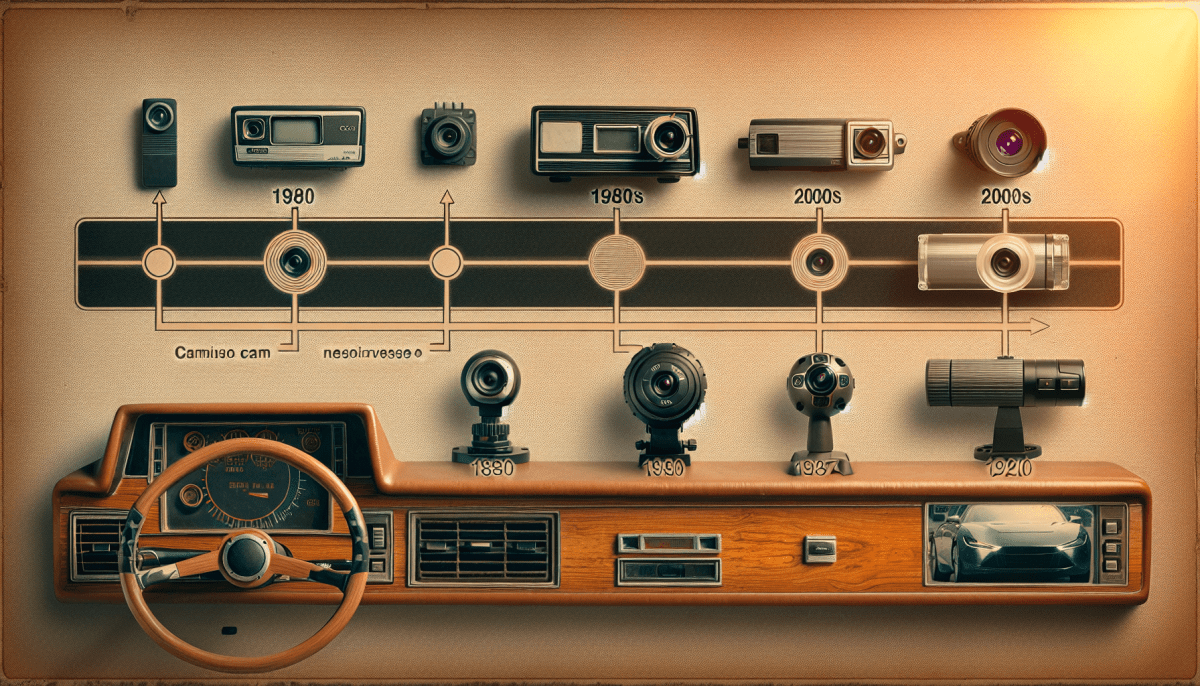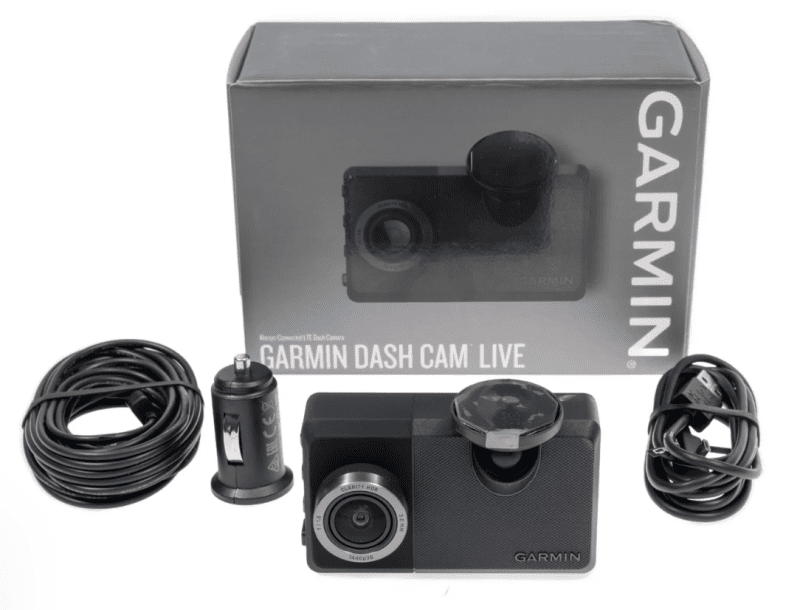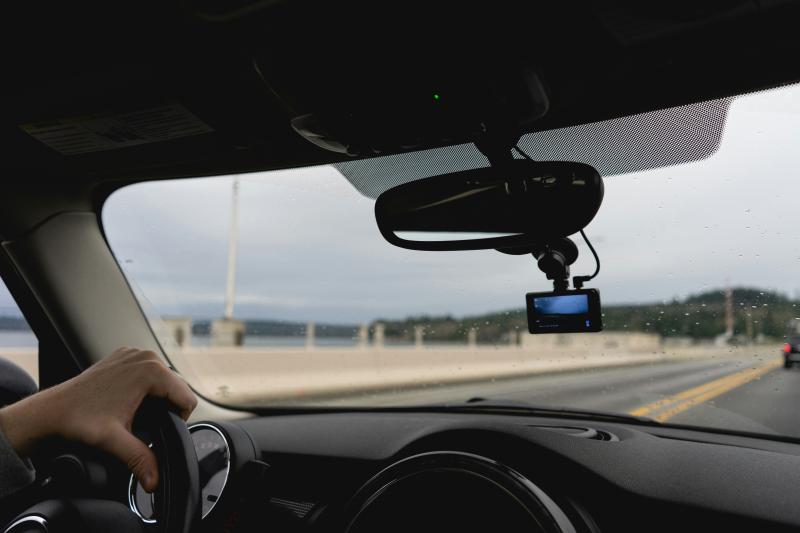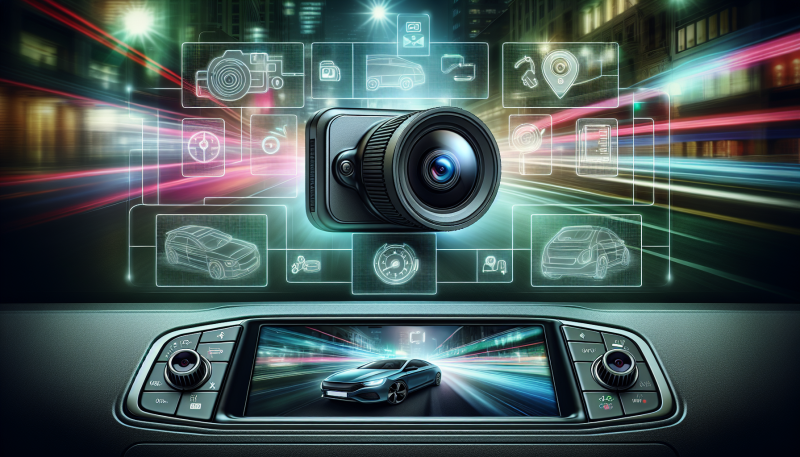Dashboard cameras, or dash cams as we like to call them, have become a common sight in cars around the world. But how did they start? Let’s take a little trip back in time.
These clever gadgets first gained traction in Japan during the late 1980s. Drivers were looking for a way to protect themselves against false claims from accidents. The idea was simple: record everything that happened on the road to provide proof if needed. This made sense, especially in a world where accidents could lead to messy disputes.
As technology advanced, dash cams became easier to use and more affordable. By the early 2000s, they started appearing in cars across other countries. What made them popular was how they could capture video footage easily—no need for fancy setups or complicated systems. Just mount it to your windshield and you were ready to roll!
The real game-changer came with the rise of smartphones and advancements in video technology. High-definition recording, night vision, and cloud storage options became the norm. Drivers realized these cameras were more than just insurance savers; they could capture road trips, scenic views, and even the occasional wildlife encounter.
Now, dash cams are a must-have for many drivers. They’re not just about protection anymore; they add an exciting element to our driving experience. Whether it's preventing fraud or simply preserving memories, dashboard cameras have truly come a long way since their humble beginnings.
How They Became Popular
Car dashboard cameras, or dash cams, really took off in the last ten years, but their roots go back a bit further. People started using them for safety and protection on the road. With the rise of road rage incidents and other accidents, drivers wanted something to back them up in case of disputes. You know how it is; having that video evidence can really change the game.
As technology improved, dash cams got cheaper and easier to use. Early models were bulky and complicated. Today, you can find sleek designs that are super user-friendly. You just plug them in, hit record, and you're good to go! Many models come with features like GPS tracking and loop recording, which means they overwrite old footage automatically. This made them even more appealing to everyday drivers.
Social media also played a huge role in their popularity. People started sharing their crazy driving experiences online, and dash cam footage became a big hit. It was like getting a front-row seat to all the wild things happening on the road. The funny, shocking, and sometimes downright scary videos caught everyone's attention and created more interest in getting a dash cam.
Insurance companies began to recognize dash cam footage as valid evidence. This gave policyholders an extra layer of security, and the word spread quickly. Soon, drivers realized that having a dash cam could even help lower their insurance premiums. Who wouldn’t want that? With increased awareness and benefits, dash cams became a must-have accessory for any cautious driver.
Key Features of Early Models
When dashboard cameras first hit the market, they brought a whole new level of security and convenience to drivers. Early models had some key features that set the groundwork for what we expect from dash cams today.
One of the standout features of those first models was their ability to record continuously. When you turned on your car, the dash cam powered up and started capturing video. This “loop recording” meant you never had to worry about missing an important moment. Those early dash cams saved footage in short clips, and once the storage was full, they would overwrite the oldest videos. Smart and practical!
Another cool feature was the G-sensor. This gadget would detect sudden movements, like hard brakes or an accident. When it sensed these jolts, it automatically locked that specific video so you wouldn’t lose it. This turned out to be a game-changer for proving fault in accidents. Drivers felt a lot safer knowing they had a reliable record of what went down on the road.
And let’s not forget about the simple user interfaces. Early dashboard cameras were designed with usability in mind. With easy buttons and straightforward menus, they made it super simple for anyone to start recording right out of the box. No tech skills needed!
These initial features set the stage for even better advancements later on. Each improvement built on the last, leading to the high-tech dash cams we have now. If you think about it, those early models were like the first steps in a robust evolution of vehicle safety technology.
The Future of Dashcams
Dashcams have come a long way since their early days. Nowadays, they’re not just about recording your drives; they're becoming smarter and more integrated with our cars. You’ll find features like GPS tracking, parking mode, and even collision detection in many models out there. All these make them incredibly helpful not just for capturing fun road trips, but also for proving your side of the story in case of an accident.
Just when you think it can't get any cooler, tech companies are stepping it up even further. With advancements in AI and machine learning, future dashcams could warn you about potential dangers on the road, like vehicles approaching too fast or sudden objects in your path. Imagine having a personal shot-gunner keeping an eye on the road while you focus on driving. How convenient would that be?
Plus, connectivity is changing the dashcam game. Many devices now come with Wi-Fi or mobile app support, so you can see footage right on your phone. You can easily share clips on social media or send them directly to your insurance company, which makes life a lot easier after an incident. This kind of tech integration is going to continue to expand, allowing for seamless data sharing and storage.
Another trend to watch for? Increased integration with smart home devices. Picture this: you pull up to your driveway, and your dashcam syncs with your smart security system to give you a full picture of your surroundings. It really is all about making your life simpler and safer. As these features evolve, coming generations of dashcams will not just be gadgets; they’ll be essential partners on the road.



